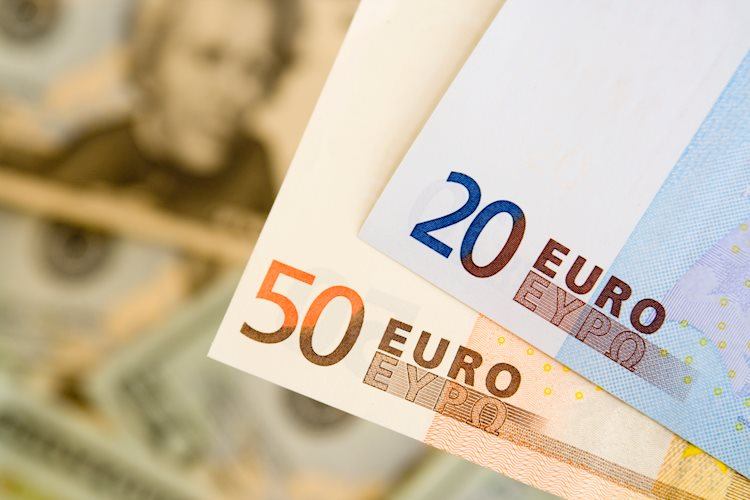The EUR/USD pair dropped below 1.0900 as the US Dollar rebounded, following comments from Federal Reserve officials indicating a willingness to maintain interest rates at their current levels for a longer period. The Federal Reserve policymakers see one good inflation report as insufficient to change the trend. Additionally, European Central Bank’s Isabel Schnabel highlighted risks from premature interest-rate cuts. The market sentiment over upcoming interest-rate cuts turned slightly cautious after these statements, which led to the corrective move in the major currency pair.
The US Dollar recovery led to the correction in EUR/USD, but the appeal for the Euro remains intact as ECB policymakers doubt the need for an immediate extension of the rate-cut cycle after the June rate cut. ECB Board member Isabel Schnabel stated that the path beyond the June rate cut is uncertain and that the recent inflation data suggested caution about premature rate cuts. The uncertainty about the inflation outlook and the need for rate cuts have kept the outlook for the Euro uncertain.
The US Dollar Index (DXY) rebounded after Federal Reserve policymakers emphasized the need to keep interest rates at their current levels for a longer period. The US labor market concerns and rising weekly Initial Jobless Claims have added to the uncertainty about the need for rate cuts in the September meeting. The latest jobless claims data showed an increase, indicating potential weaknesses in the labor market that could support rate cuts in the future.
EUR/USD is gradually declining towards the breakout region of the symmetrical triangle formation, which is around 1.0830. The near-term outlook for the major currency pair remains bullish, with the Euro expected to extend its upside towards the psychological resistance of 1.1000. The Euro is the currency for 20 European Union countries in the Eurozone and is the second most heavily traded currency in the world. The Eurozone inflation data and economic indicators such as GDP and PMIs can impact the direction of the Euro.
The European Central Bank (ECB) is the reserve bank for the Eurozone and sets interest rates to maintain price stability. Data releases such as Trade Balance, GDP, and consumer sentiment surveys can influence the direction of the Euro. A strong economy is positive for the Euro, while weak economic data can lead to a decline in the currency. Overall, the Euro’s performance is influenced by a combination of economic indicators, central bank decisions, and market sentiment.


























